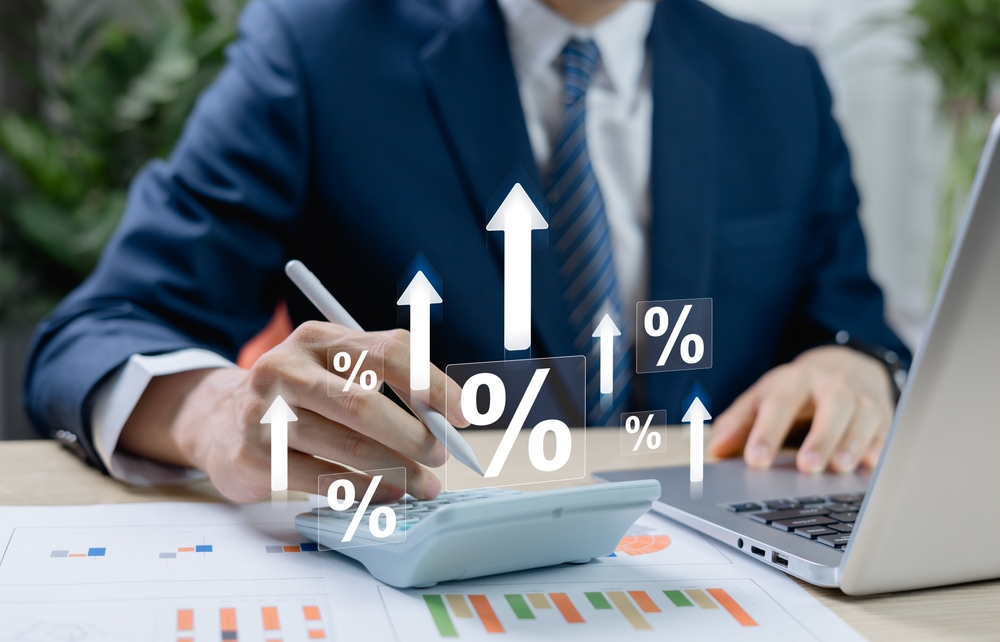
Investing is becoming more accessible to ordinary people who are looking for simple and effective ways to grow their savings. Among the most prominent tools gaining traction are ETF funds — a hybrid of stocks and mutual funds—which are also suitable for complete beginners.
What Are ETF Funds?
An ETF (Exchange Traded Fund) is an investment fund traded on the stock exchange that offers diversification similar to mutual funds. By purchasing a single ETF, you gain exposure to dozens or even hundreds of stocks or other assets at once, significantly reducing risk. Most ETFs are passively managed with the aim of tracking a specific index, sector, or commodity—such as the S&P 500 or gold. There are also thematic ETFs focused on areas like ESG (environmental, social, and governance investing). The fund’s composition is always publicly available, so you know exactly what you're investing in.
A Modern Way of Investing
One of the biggest advantages of ETFs is their low cost structure. Passively managed funds don’t require expensive managers or extensive analysis, which lowers expenses and increases net returns for investors. With a single purchase, you get broad exposure to companies across various sectors or countries, which reduces the risk of loss. Moreover, since ETFs are traded on stock exchanges, you can buy or sell them anytime during trading hours. Today, even small-scale investors have access to investing thanks to online brokers that have removed many barriers.
Why Is Interest in ETFs Growing?
The popularity of ETFs is growing due to their simplicity and accessibility. Passive investing proves to be an effective strategy that doesn’t require constant market monitoring or expensive attempts to “beat the market.” Digitization and online platforms make it possible to start investing from the comfort of home, even with a small amount of capital. In times of economic uncertainty, people are looking for safe and transparent tools to spread risk—something ETFs fully provide. At the same time, financial literacy is improving, and more people are becoming aware of the need to actively manage their finances.
Getting Started Has Never Been Easier
Investing in ETFs is not complicated—anyone can do it. The first step is to choose a reliable online broker. It’s important to compare ETF offerings, fees, and platform user-friendliness. After opening an investment account (which usually only takes a few minutes), you can select specific ETFs according to your goals—whether you want to invest in developed markets, emerging economies, or specific sectors. Purchasing an investment fund works similarly to trading stocks—you simply place an order, and the shares are added to your account. However, it's crucial not to stop at a one-time investment. The most effective way to build a portfolio is through regular investments of smaller amounts (known as dollar-cost averaging), which helps reduce the risk associated with market fluctuations and gradually builds value.
What to Watch Out For
While ETFs are very practical, investing always carries some risk. If you invest in funds denominated in a foreign currency, you must account for currency risk, which can affect your returns. Also, keep in mind that even a diversified portfolio can fluctuate during market turbulence. Another risk is “overlapping,” or unintentionally doubling investments in the same companies when owning several similarly focused ETFs. This can reduce diversification effectiveness. Don’t forget about hidden trading costs, such as fees for buying, selling, or currency conversion, which can gradually reduce your total profit.
How to Build an Effective Portfolio
One of the advantages of ETFs is their versatility. You can build a portfolio tailored exactly to your needs. Beginners often do well with a combination of one or two global ETFs—such as the MSCI World ETF and an Emerging Markets ETF—which ensure broad geographic diversification. To balance risk, it's wise to combine equity ETFs with bond or commodity ETFs, such as gold. Those who want to invest ethically and sustainably can choose ESG or thematic ETFs focused on renewable energy or technology, for example.
Investing Doesn’t Have to Be Rocket Science
ETFs are a great way to start investing simply, cheaply, and effectively. They offer diversification, transparency, and flexibility, which is especially attractive to beginners. All it takes is understanding the basic principles, using common sense, and being willing to learn. Investing is not just about profit—it’s also about taking responsible steps toward your financial future. ETFs can be an excellent first step on that journey.

He has been trading in the capital markets since 2002, when he started as a commodity Futures trader. Gradually he shifted his focus to equity markets, where he worked for many years with securities traders in Slovakia and the Czech Republic. He also has trading experience in markets focused on leveraged products such as Forex and CFDs, and his current new challenge is cryptocurrency trading.


